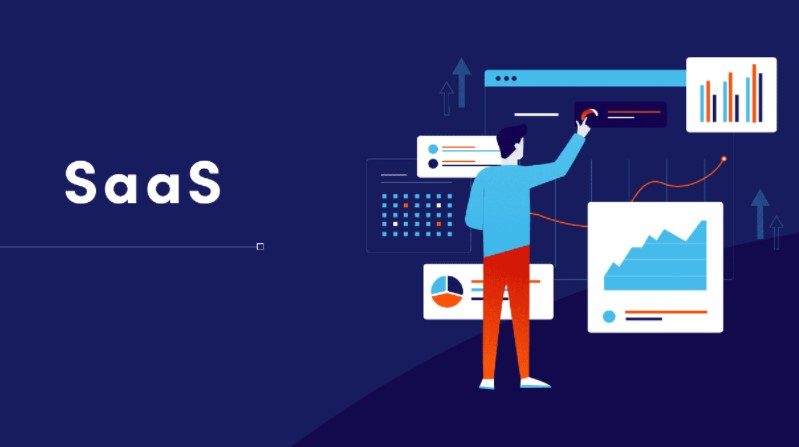
SaaS has already become the industry standard. Many businesses consider Software as a Service the most convenient way to use platforms, software, and applications. Undoubtedly, there are many clear upsides to buying these subscription-based apps and services.
And we definitely agree – Software as a Service is everywhere these days. However, we cannot forget about the disadvantages of this solution. So, what is Software as a Service? What are its pros and cons? Keep reading to find out!
SaaS has already become the industry standard. Many businesses consider Software as a Service the most convenient way to use platforms, software, and applications. Undoubtedly, there are many clear upsides to buying these subscription-based apps and services.
And we definitely agree – Software as a Service is everywhere these days. However, we cannot forget about the disadvantages of this solution. So, what is Software as a Service? What are its pros and cons? Keep reading to find out!
What is Software as a Service
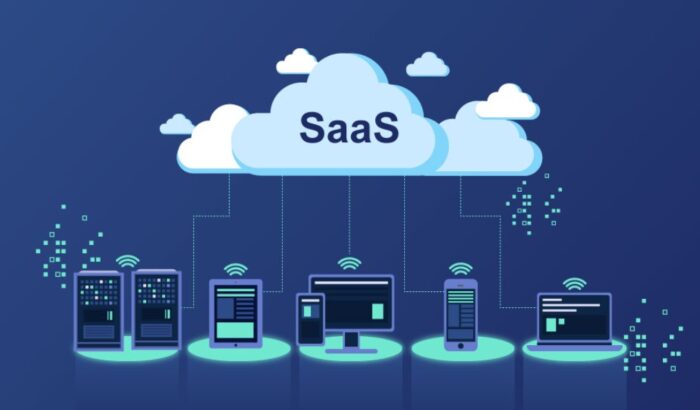
You don’t have to look for SaaS for a long time – golf clubs, meal kits – the concept is so easy that it has taken off with consumers. We all love when the product comes to us with as little effort as possible. So, SaaS (Software as a Service) is a way of distributing services (usually this is cloud-based software) to end-users over the net.
Some definitions explain that SaaS is cloud services as a collective term for everything from data processing and data storage to software on servers that is fully accessible from external server farms connected to the Internet.
SaaS is a subscription-based purchasing model that enables businesses to pay smaller, steady payments to access particular software and online services from the publisher, instead of spending a large sum to outright purchase the discs for an application. The SaaS model sees an independent software vendor contract a 3rd-party cloud provides to host the application.
The software is delivered and managed remotely by a provider, whilst accessing the solution through the web browser. Among the examples of SaaS, you will find billing and payroll processing, calendar apps, email programs, and collaborative working tools. Some forecast shows that the SaaS market will reach $307.3 billion by 2026.
How is SaaS different from PaaS and IaaS?
The SaaS model enables the end-user to subscribe to an application rather than purchase it once and install it. On the other hand, PaaS provides cloud components to software while being used for applications or other development. Finally, IaaS services are usually a pay-as-you-go funding model.
- Examples of SaaS: Dropbox, MailChimp, Slack
- Examples of PaaS: Microsoft Azure, Magento Commerce Cloud
- Examples of IaaS: AWS EC2, Google Compute Engine
Summing up, SaaS sees all applications, data, runtime, OS, virtualization, storage, networking, and middleware handled by a 3rd party. With PaaS, you handle the apps and data, and the rest of the elements are outsourced to a 3rd party. With IaaS, you handle the middleware, OS, runtime, data, and applications while the 3rd party manages the rest.
What are the pros and cons of SaaS?
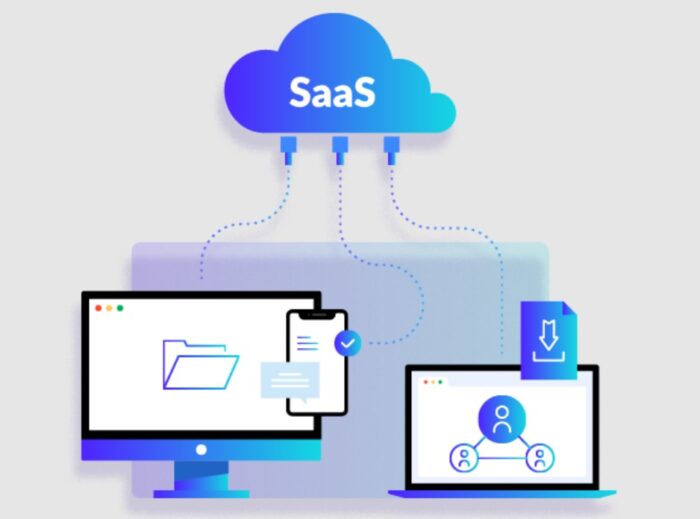
Like anything else, Software as a Service has its pros and cons. The model provides substantial advantages for a business environment; however, it isn’t flawless. Let’s take a closer look at some of the advantages and disadvantages of using the Software as a Service model for software licensing.
The advantages of the Software as a Service model
For many businesses, SaaS is a really good fit. Here is why:
1. SaaS is relatively cheap

There are multiple tiers of pricing, thus, businesses can pay less in exchange for access to fewer features of the application. No up-front licensing fees! This ensures your business greater liquidity and frees up cash flow to use in other areas of the company. It is also easy to understand and allocate costs for separate business units and departments.
2. SaaS is easy to maintain and upgrade
Updates and patches are automatic. You don’t have to use one iteration of an application until it is absolutely necessary to update it. The publisher will automatically update the license once a new version is released.
3. SaaS is ready to go
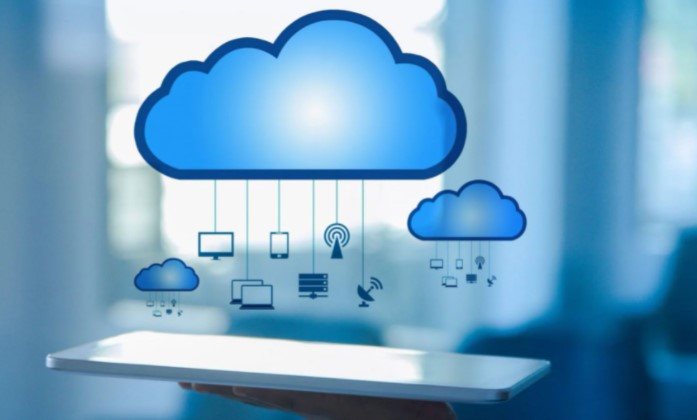
You can start using an app or software immediately, as it is installed and configured ahead of time on the cloud. You don’t have to go through a deployment process. You only need to have a system and access. You will have access to the software until your subscription ends.
4. SaaS is easy to scale
You can scale the software up and down to meet fast-changing business requirements. If you want to boost your capacity, SaaS offers the flexibility you need.
SaaS can improve all areas of your business – the SaaS model can benefit virtually every area of your business. Not just sales, accounting, and finance but also marketing, project management, HR, and customer service. A greater pool of resources can be made available to a larger group of users without compromising privacy, speed, and security.
The disadvantages of SaaS
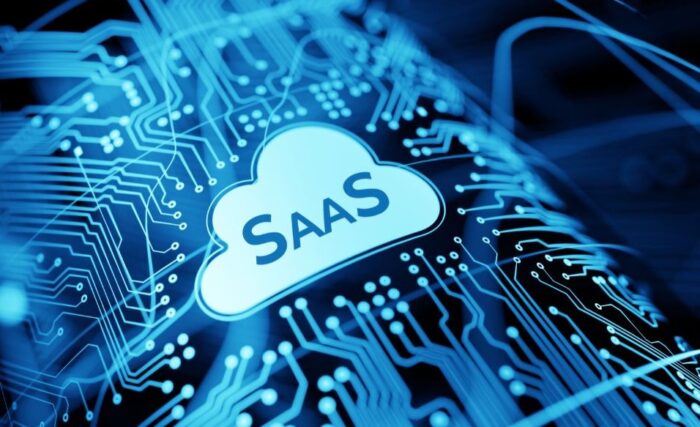
Of course, Software as a Service is not without drawbacks. Here are the most important cons of SaaS to pay attention to:
1. SaaS may cause some security issues
It is your responsibility to make sure there are appropriate security protocols in place. Once you decide to move to the cloud, you move the database from your premises to the cloud which opens doubts over the security of sensitive data. There is also a danger of service termination. If a SaaS company goes bankrupt or stops providing its service, you won’t be able to continue using the service.
2. Software as a Service has contractual obligations
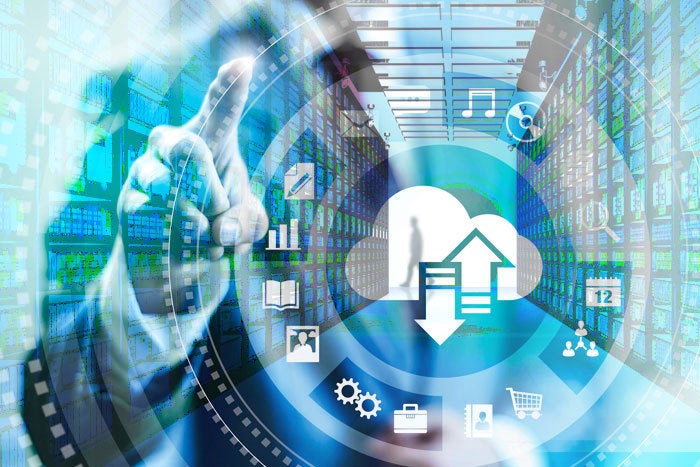
Sometimes, the contracts can be hard to understand. Moreover, the penalties for overusing licenses may be steep.
3. SaaS is only available via the Internet
You need a speedy Internet connection. Otherwise, you may experience issues. On top of that, the SaaS model requires compatibility with your operating system and browser. This may be an issue for e.g. macOS users (many Software as a Service providers optimize their software for Windows).
4. You aren’t in control
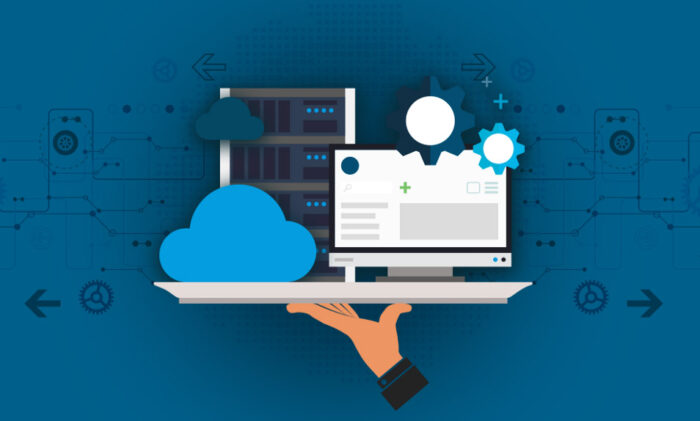
The Software as a Service model turns much of control over to the publisher. You never actually own the service you are using. You have to leave the control of important business function with a 3rd party.
You cannot optimize applications based on your needs – you are fully dependent upon the version of the software the vendor provides. Also, SaaS requires you to share data with your provider.
Want to learn more about SaaS? Wondering if it is a right choice for you or your company? Visit Accesto website – experts on SaaS.














